Top Photo: Fatsia japonica or Japanese Fatsia, fruit.
Not native but planted on the Dinosaur Trail to enhance the sense of a long ago tropical realm, fatsia is in fruit, but going fast.


The plant’s name is derived from the fact that fatsia, in an old Japanese language, means eight, presumably referring to the number of lobes on the plant’s large palmate leaves. This, even though the leaves never have an even number of lobes, or points. I’ve consistently counted from 7 to 11 lobes, always odd numbers. Most often there are 7 lobes though sometimes 5 and even 13 lobes.
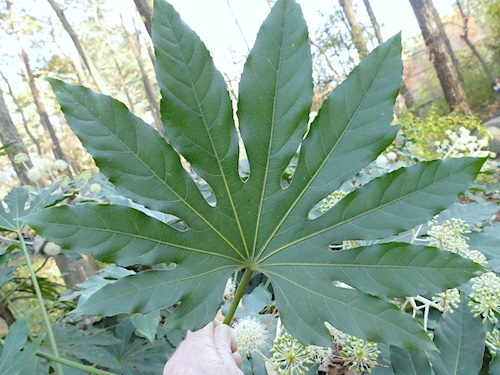
On the side trail Wander Away in Catch the Wind two local wildflowers are in bloom, Virginia bluebells and foamflower.
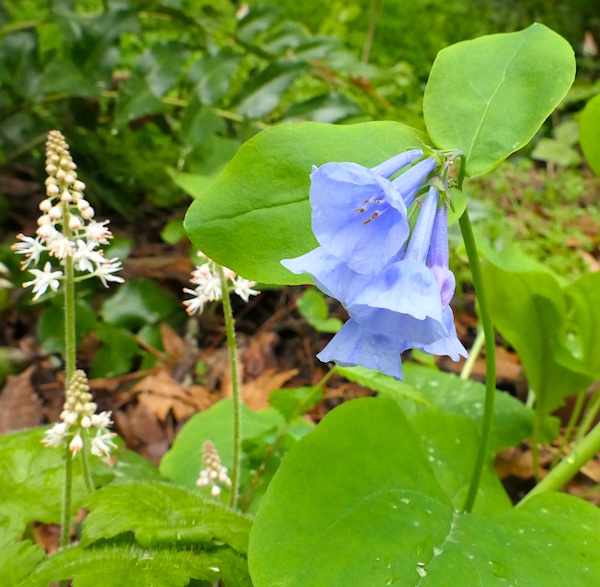
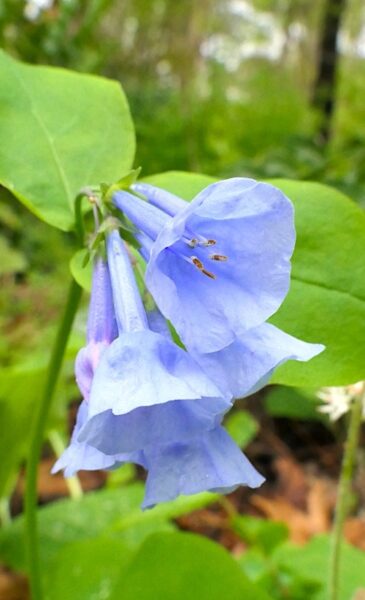
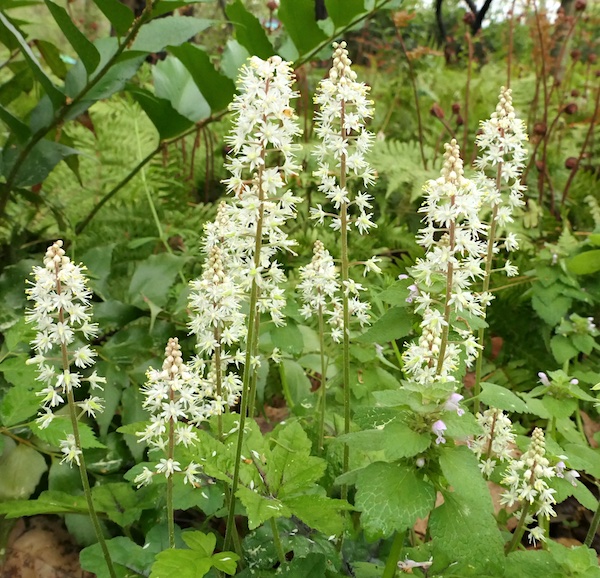
My first dragonfly of the year was a lancet clubtail seen this past week in the vicinity of Earth Moves in Catch the Wind.
The next day I saw a teneral female common whitetail in the sensory zone of Wander Away, also in Catch the Wind.
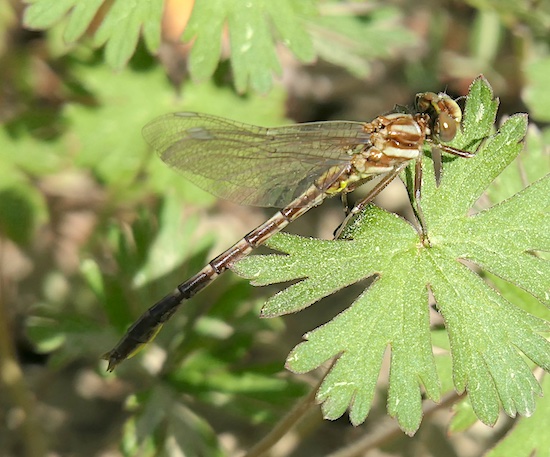
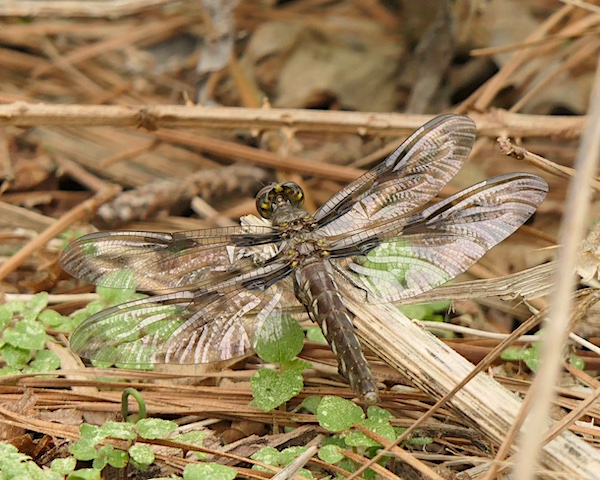
Another Dinosaur Trail plant in place to enhance the tropical Cretaceous atmosphere of over 65 million years ago, Mahonia is in fruit. This plant tends to spread easily. Its large purple fruit which are the favorites of local nesting birds, especially catbirds, are eaten by the avifauna, carried to other locations and deposited in their droppings.
Though birds eat them and “some” people sample them, the ripe, purple fruit is best made into a jam.
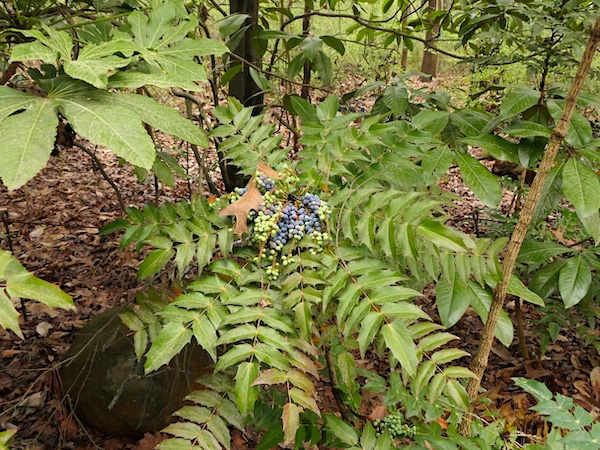
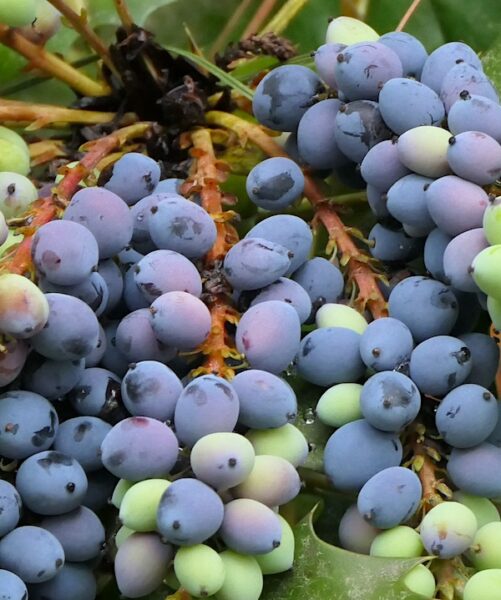
Another non-native is multiflora rose. Its fruit is also eaten by birds and animals and carried to new locations.
As long as the thorny shrub has leaves it’s easy to differentiate the native from the non-native roses. Multiflora rose has fringy, stipules at the base of their compound leaves. The native species lack the fringe.
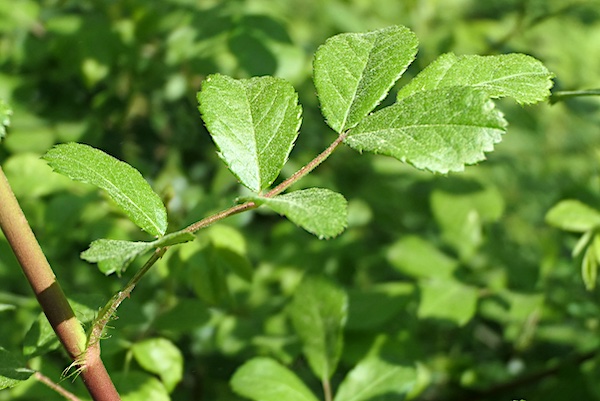
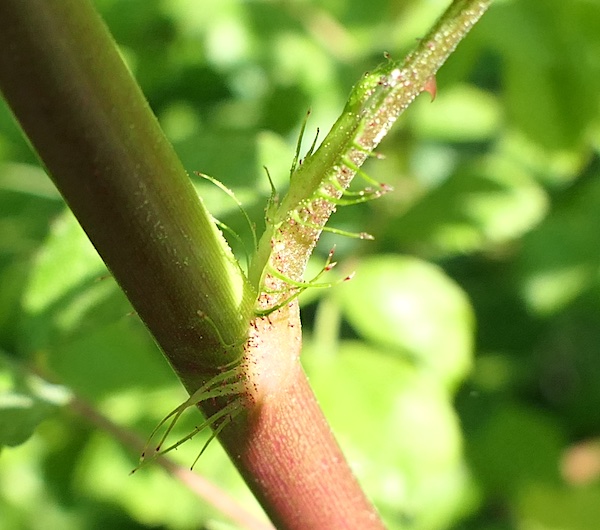
Pine warblers are singing. They’re year-round here but are not as vocal in winter. Unless you have a suet feeder nearby you may miss them in the colder months. Listen for their rolling trill in spring. If you’re lucky, you may see one foraging on the ground.
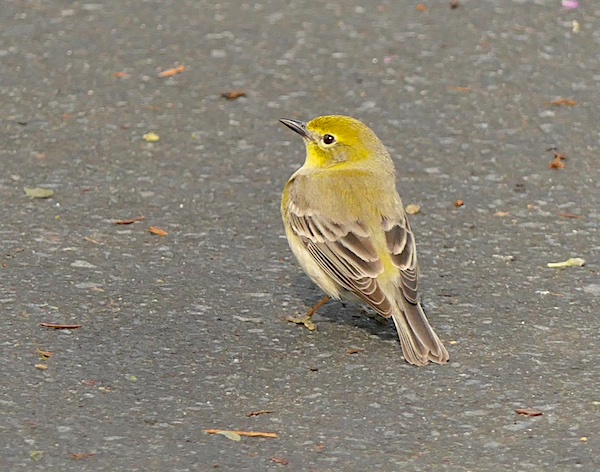
For as long as I’ve been at the museum (16 years) red-shouldered hawks have nested here. They can live for twenty years and supposedly mate for life, though the individual participants may be different due to unforeseen circumstances. And, they seem to change nest sites every few years. But they’re still at it. This nest is just off a service road behind and between Earth Moves and the Bird Viewing exhibits.
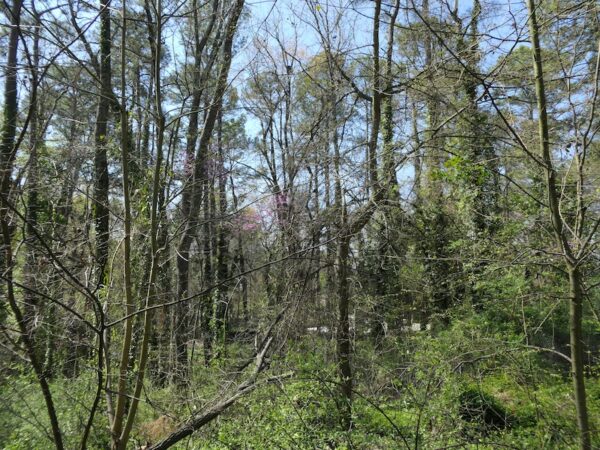


There’s more to come!